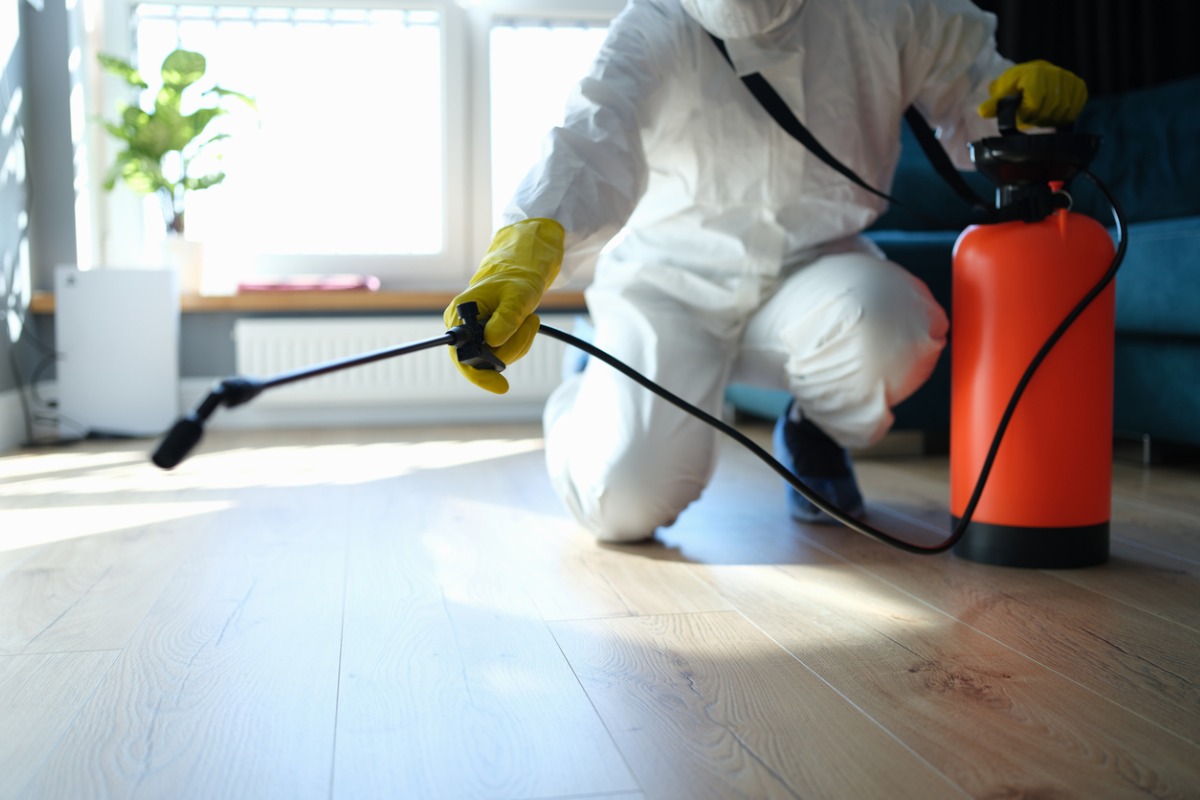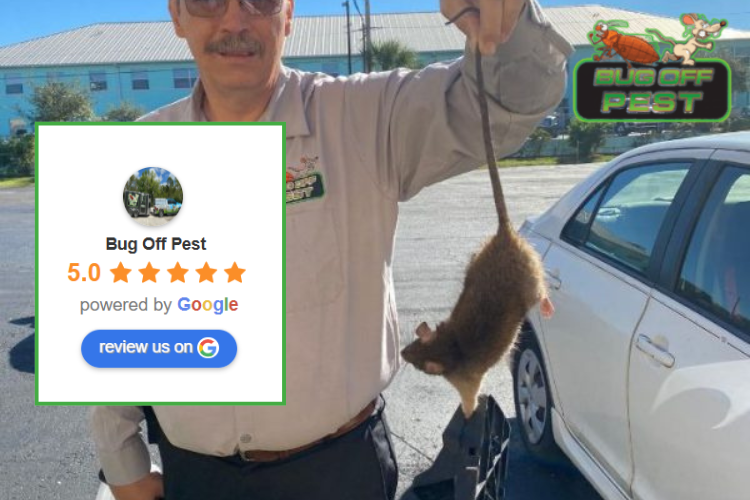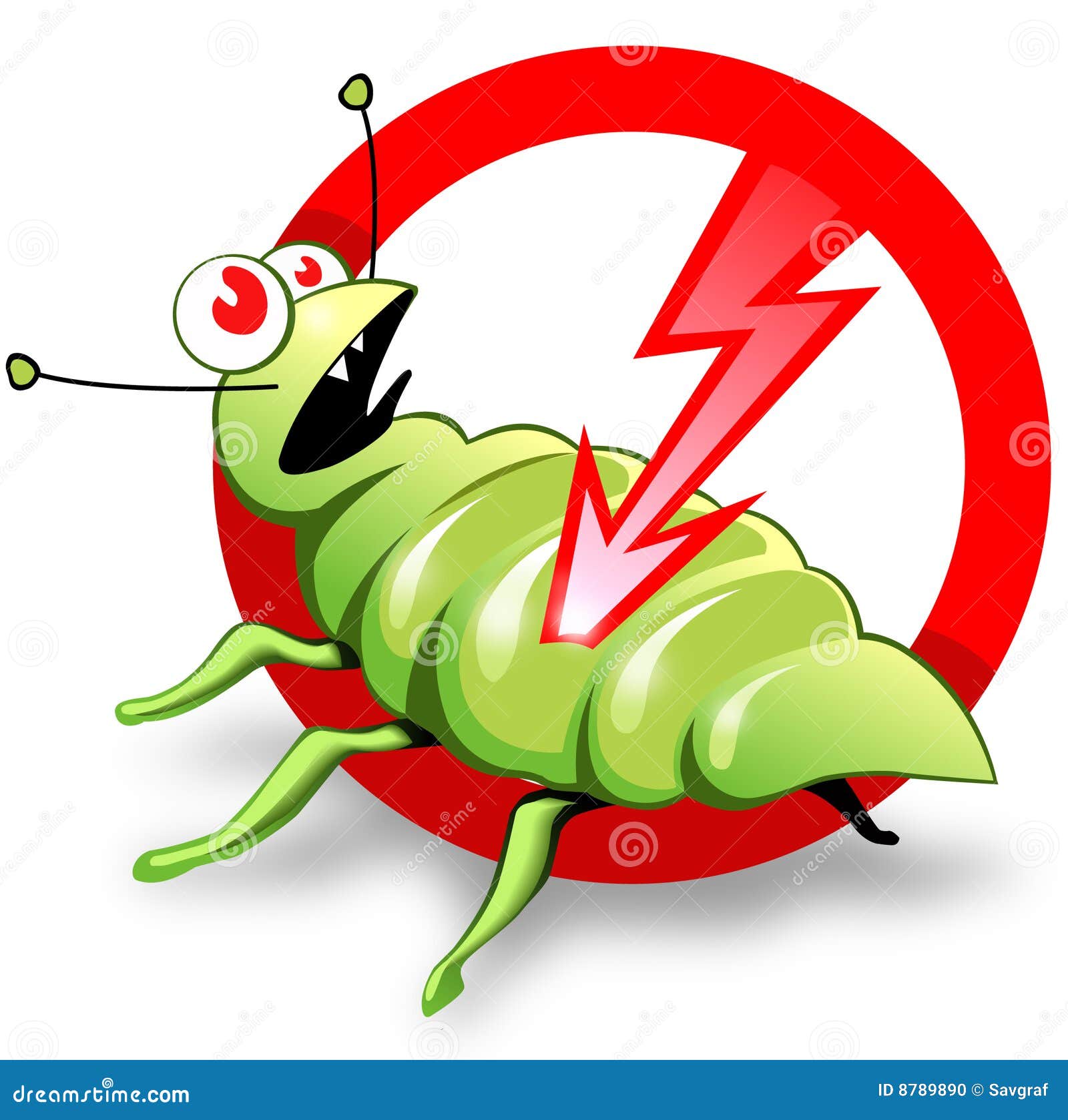Exploring Innovative Techniques and Products for Efficient Insect Control
The landscape of bug control is evolving, noted by the development of ingenious methods and products developed to improve efficiency and sustainability. From clever catches outfitted with sophisticated monitoring systems to biological approaches that utilize all-natural predators, these innovations present a paradigm change in exactly how we come close to pest monitoring.
Smart Traps and Keeping Track Of Equipments
Exactly how can contemporary innovation improve pest management? One significant improvement is the growth of clever catches and keeping track of systems, which supply real-time data and analytics for effective insect control. These systems make use of sensors and wireless modern technology to detect pest task, notifying property supervisors and bug control experts to infestations before they intensify.
Smart catches are outfitted with attributes such as lure stations that draw in bugs and capture them effectively. These catches can be checked remotely, permitting prompt interventions and lessening the need for extensive chemical applications. Furthermore, the assimilation of device learning algorithms makes it possible for these systems to set apart between target insects and non-target species, improving the accuracy of pest control measures.
In addition, the data gathered from wise catches can be evaluated to identify patterns in bug actions and ecological factors adding to infestations (Pest Control in Port Charlotte). This info is indispensable for establishing targeted insect monitoring approaches customized to details settings. By embracing wise catches and keeping track of systems, insect control experts can enhance their operational efficiency and decrease the ecological impact of pest monitoring, eventually resulting in much safer and more sustainable practices in the market
Organic Bug Control Approaches
Utilizing all-natural predators and bloodsuckers, biological pest control techniques offer an ecologically friendly choice to chemical therapies. This method includes the introduction or improvement of particular organisms that can naturally regulate parasite populations, consequently minimizing reliance on synthetic pesticides. Usual instances consist of using ladybugs to control aphid problems and parasitic wasps to target caterpillars.

Biological control can be categorized into three primary approaches: timeless, augmentative, and conservation. Timeless organic control includes importing natural opponents from the pest's indigenous environment, while augmentative control involves boosting the population of existing natural adversaries through launches. Conservation techniques concentrate on producing conditions that sustain these helpful organisms in the environment.
The efficiency of organic pest control hinges on recognizing the intricate communications within ecological communities. It usually calls for a thorough assessment of pest characteristics and the life cycles of both the parasites and their all-natural adversaries. While biological approaches might not provide instant outcomes like chemical choices, they add to lasting pest management and community health and wellness. As recognition of ecological concerns expands, biological pest control methods are significantly acknowledged for their lasting duty in integrated parasite management programs.
Eco-Friendly Chemical Alternatives
Eco-friendly chemical choices supply a sensible remedy for insect administration that lessens environmental impact while properly managing insect populations. These alternatives are originated from natural sources and are meticulously formulated to target specific parasites without hurting advantageous microorganisms, making them an important part of sustainable insect control techniques.
Amongst one of the most effective green options are plant-based linked here pesticides, such as neem oil and pyrethrin, which are originated from the seeds and flowers of numerous plants. These substances disrupt the life process of pests, lowering their populaces without the harmful impacts associated with standard pesticides - Pest Control in Port Charlotte. Furthermore, essential oils like pepper mint and clove oil exhibit repellent residential properties, additionally improving their energy in insect management

Moreover, green chemical alternatives commonly damage down a lot more quickly in the environment, minimizing the risk of soil and water contamination. This particular aligns with the increasing customer need for lasting techniques in agriculture and city bug control. As study continues to advance, the growth of ingenious environmentally friendly formulas will certainly additionally enhance effectiveness and expand application areas, making it possible for pest management professionals to take check that on greener, more accountable approaches in their techniques while guarding human wellness and the setting.
Pheromone Interruption Methods
An additional cutting-edge approach in lasting insect management is the use of scent disruption techniques. These techniques exploit the all-natural chemical signals, or scents, that pests make use of for interaction, specifically in mating actions. By interrupting these signals, pest populations can be efficiently managed without turning to harmful chemicals.
Pheromone catches are commonly utilized in this strategy. These traps make use of synthetic versions of insect pheromones to lure male pests, thereby lowering their ability to situate women and replicate. Gradually, this can lead to a substantial decline in bug populaces. Additionally, the launch of repellent scents can produce confusion amongst bugs, additionally hindering their breeding procedures - Pest Control in Port Charlotte.

Integrated Bug Monitoring Approaches
Reliable parasite control commonly needs a comprehensive strategy, and Integrated Pest Management (IPM) strategies provide a structure for accomplishing this objective. IPM incorporates different monitoring methods to reduce pest populaces while decreasing reliance on chemical pesticides. This multifaceted method begins with comprehensive surveillance and identification of pests, enabling targeted treatments based on details insect stress.
Social practices, such as crop turning and sanitation, play a crucial role in protecting against insect facility. Organic controls, consisting of all-natural predators and parasitoids, are used to preserve insect populations at convenient degrees. When required, selective chemical treatments are applied, stressing lower toxicity to non-target varieties and the atmosphere.
Additionally, education and outreach are important elements of IPM, advertising awareness amongst stakeholders concerning sustainable techniques and pest life cycles. The versatility of IPM allows specialists to this post react effectively to transforming bug characteristics and environmental conditions. By employing this alternative technique, IPM not just boosts parasite control efficiency but also adds to long-lasting eco-friendly balance. Ultimately, Integrated Parasite Administration stands for a forward-thinking solution that aligns agricultural efficiency with ecological stewardship, making it necessary in contemporary bug control techniques.

Conclusion
In final thought, the combination of innovative methods and products for reliable bug control stands for a substantial innovation in lasting bug monitoring. Smart traps and monitoring systems, biological bug control techniques, environment-friendly chemical alternatives, and pheromone disturbance methods jointly enhance the effectiveness of insect administration strategies.